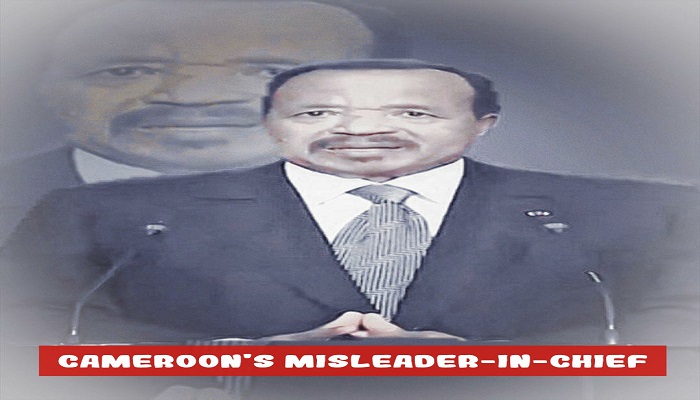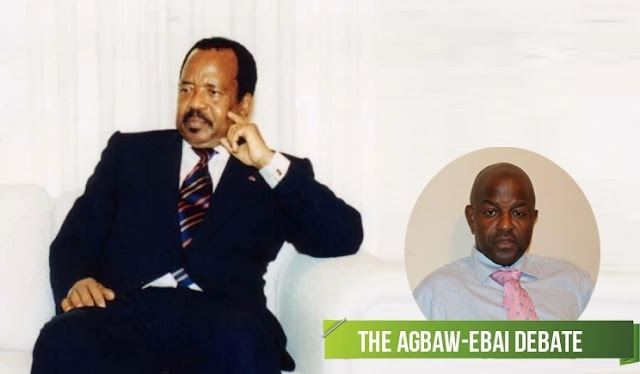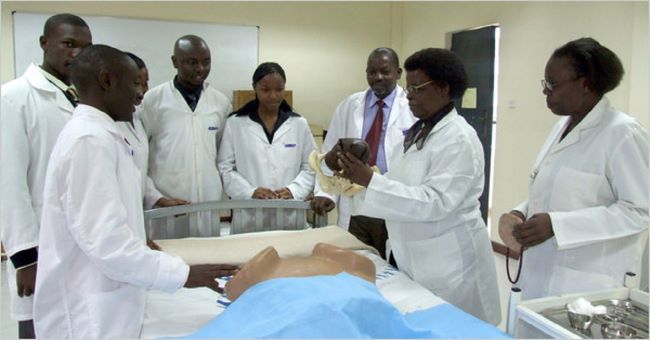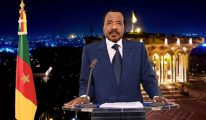Privacy Overview
This website uses cookies so that we can provide you with the best user experience possible. Cookie information is stored in your browser and performs functions such as recognising you when you return to our website and helping our team to understand which sections of the website you find most interesting and useful.


















17, February 2021
The Civil War in Cameroon and Pope Francis Emissary 0
The Secretary of State of the Holy See paid a six-day diplomatic visit to Cameroon, a country ravaged by civil war, in which the Catholic Church plays a key role in resolving the conflict.
Cardinal Pietro Parolin, Secretary of State for the Holy See arrived in Cameroon on January 28, 2021 for a six-day visit, at the end of which he gave the pallium to Msgr. Andrew Neka, metropolitan of Bamenda, in the northwestern part of the country. The archdiocese was not chosen at random: in fact, it is at the heart of the Anglophone conflict which has plagued the political and social life of Cameroon for nearly five years now.
The world cannot be totally wrong. The Pope has called for peace. He has spoken to Mr. Biya about the need to engage Southern Cameroonians in a frank and fruitful dialogue but Mr. Biya has remained adamant.
The Pope, like many heads of state has sent special envoys to talk Mr. Biya out of the madness and cruelty he has brought to a once prosperous nation, but his inhuman indifference to wise counsel has only made his soldiers to think that they have carte blanche to kill and maim whoever they meet in their path.
This mentality is not addressing any issues. At best, it is counterproductive. The chaos the war is spreading in Cameroon should have advised the government to rethink its ways. The number of civilian and military deaths is rising and there is no end in sight.
The government might have superior military power, but the determination of eight million Southern Cameroonians will surely keep the military in the jungles of Southern Cameroons for a very long time.
Many soldiers have been killed and thousands have been maimed by determined Southern Cameroonian fighters and this has struck fear in the minds of these young soldiers, many of whom have only been trained for six months and rushed to the killing fields of Southern Cameroons where they are made to see death first hand.
The Genesis of the Current Conflict
To reconstruct part of the context of the current crisis, one must return to 1961: West Cameroon—a former British colony—is made up of Northern Cameroon and Southern Cameroon. Through a referendum organized by the United Nations, the populations of Southern Cameroon chose to join as a federated state to Eastern Cameroon—a former French colony—while the people of Northern Cameroon opted for an attachment to Nigeria.
But, in 1972, a constitutional reform completely shook up the situation, transforming federal Cameroon into a unitary republic, depriving the English-speaking region of its autonomy. Another twist in 2016: a movement to strike by teachers and lawyers demanding more recognition from the central state. Demonstrations quickly led to an uprising in the English-speaking regions of the northwest and southwest.
The conflict then degenerated into a murderous crisis with clashes between separatist troops and the regular army: the Catholic Church quickly found itself on the front line in an attempt to mediate, in order to find concerted solutions. A delicate position that earned it reprisals, sometimes bloody, from the separatists and sharp reproaches from the executive.
Since its outbreak, this civil war that lives up to its name has claimed more than 2,000 dead and 650,000 displaced. In addition, more than 800,000 children have been out of school.
A Diplomatic Visit for Peace
The day after his arrival, the Secretary of State of the Holy See spoke with the Cameroonian Head of State, Paul Biya: “we discussed the various points concerning the conflicts, in particular the situation in the north and the southwest of the country. What we are impatiently waiting for is reconciliation and peace, especially in the current situation where there are many other crises starting with COVID-19,” declared Cardinal Parolin, at the conclusion of the presidential interview.
“Cordial exchange…with his eminence Cardinal Pietro Parolin, bearer of a message of peace,” the Head of State soberly declared on his Twitter account.
The US Maryland gang had called for a boycott of the Mass celebrated in Bamenda on January 31 in order to denounce what is considered to be the partisan the attitude of the Catholic Church in the conflict. But the legitimate Southern Cameroons Interim Government headed by Vice President Dabney Yerima threw its weight behind the visit. A partially followed appeal: despite the suspension of activities in town and deserted roads, the faithful came by the thousands to attend the giving of the pallium to their archbishop.
“We are sure,” Archbishop Nkea said, “that your arrival in Bamenda will be like rain, which never falls without watering the land,” said the Bamenda ordinary. “This visit by Cardinal Parolin is a light in our tunnel. It is read as a sign that peace will soon return,” the Cameroonian prelate believes. Let us hope so for this war-torn country.
By Chi Prudence Asong with files from the Vatican